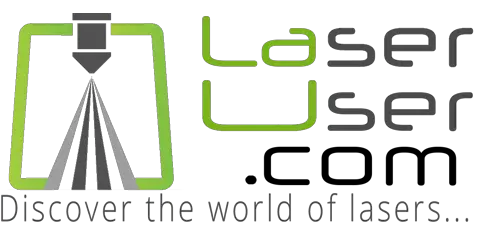Hello, I'm new to this forum and the whole laser scene. I've watched a lot of Russ's videos and I find them really interesting.
Right now, I'm in the design process for a CO2 laser. I want it to be a cutting monster, I'll rarely do engraving. I'll mostly do fabric cutting but want to cut thick plywood and MDF as well. Up to a thickness of about ~20 to 25mm(~3/4 to 1")
I've watched Russ's videos about beam expansion and the power curve, but don't know what is practical in the real world. Both design-wise and component selection.
Is it better to use the traditional layout of the CO2 laser with a stationary tube in the back? I guess the up-side is lesser moving mass and lesser mechanical wear on the tube, but the down-side is a really long beam-length and also beam-expansion. I could also fit a longer higher power tube (my budget would allow for a maximum of a 130w tube)
Or should I go with a tube mounted to the moving gantry? Up-side would be a shorter beam-length and a smaller beam-expansion. But the down-side is more mechanical wear on the tube and higher mass on the moving components. Going with this style would limit the length of the tube to about 90w, but that would be really nice for the budget.
In essence, is a lower powered tube with a shorter beam-length better than a higher power tube with a longer beam-length? For maximum cutting depth on the whole surface.
I've attached a few pictures of the layout.
Design questions for a home-made 1600x1000mm(63x39") CO2 laser
-
Mr3D
- Posts: 2
- Joined: Mon Sep 22, 2025
- Location: Vastra Gotaland
- Country: Sweden
- Laser Machine Make or Type: Designing a CO2 Laser (Not built yet)
- Laser Power: 130W
- Laser Bed Size: 1600x1000mm
- Home Position: TL
- Control Software: LIGHTBURN
- RDWorks Version: v0.0.00
- LightBurn Version: v0.0.00
- Ruida Controller: RDC6445
- Windows Version: Win 10
You do not have the required permissions to view the files attached to this post.
